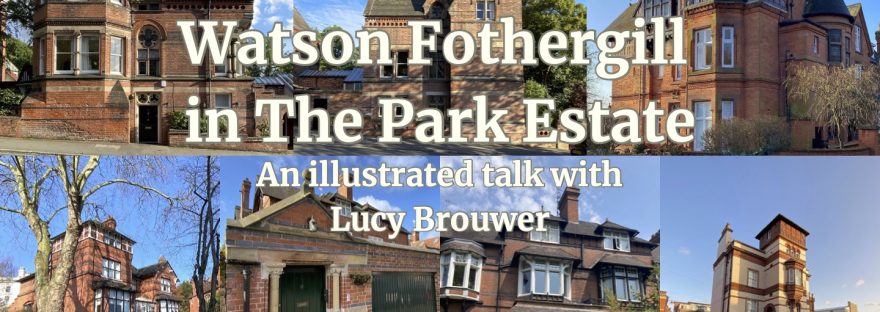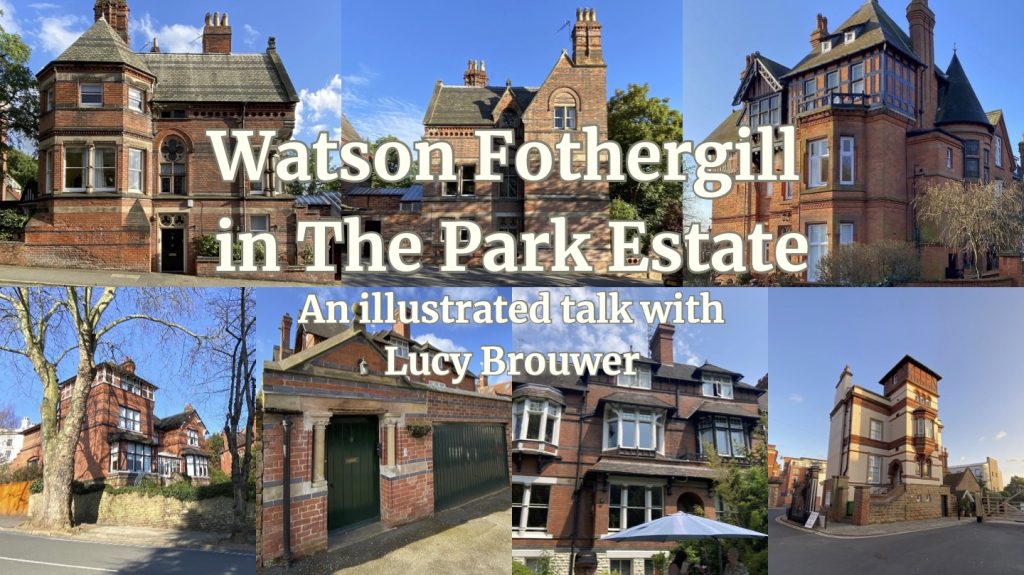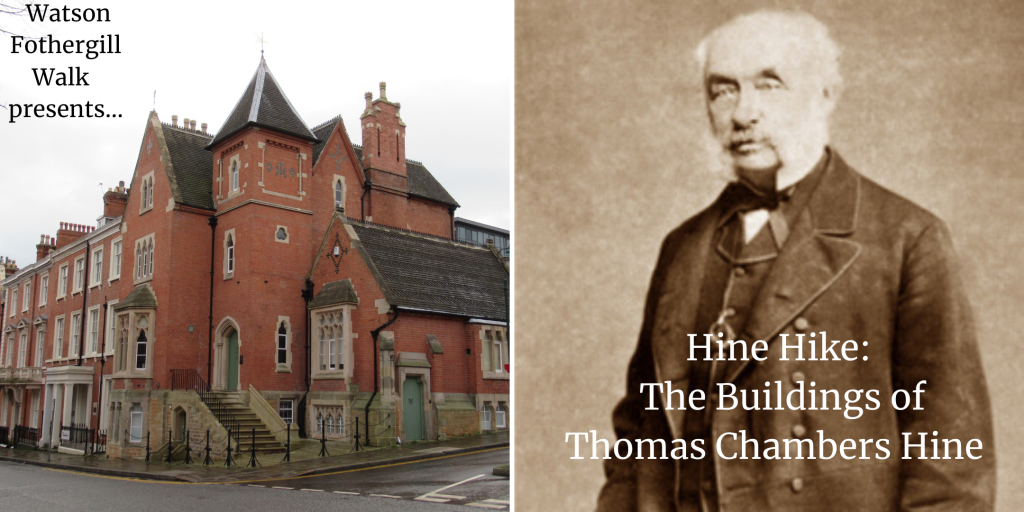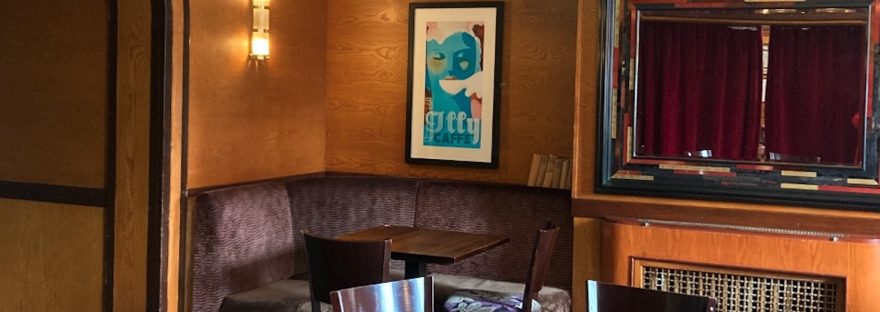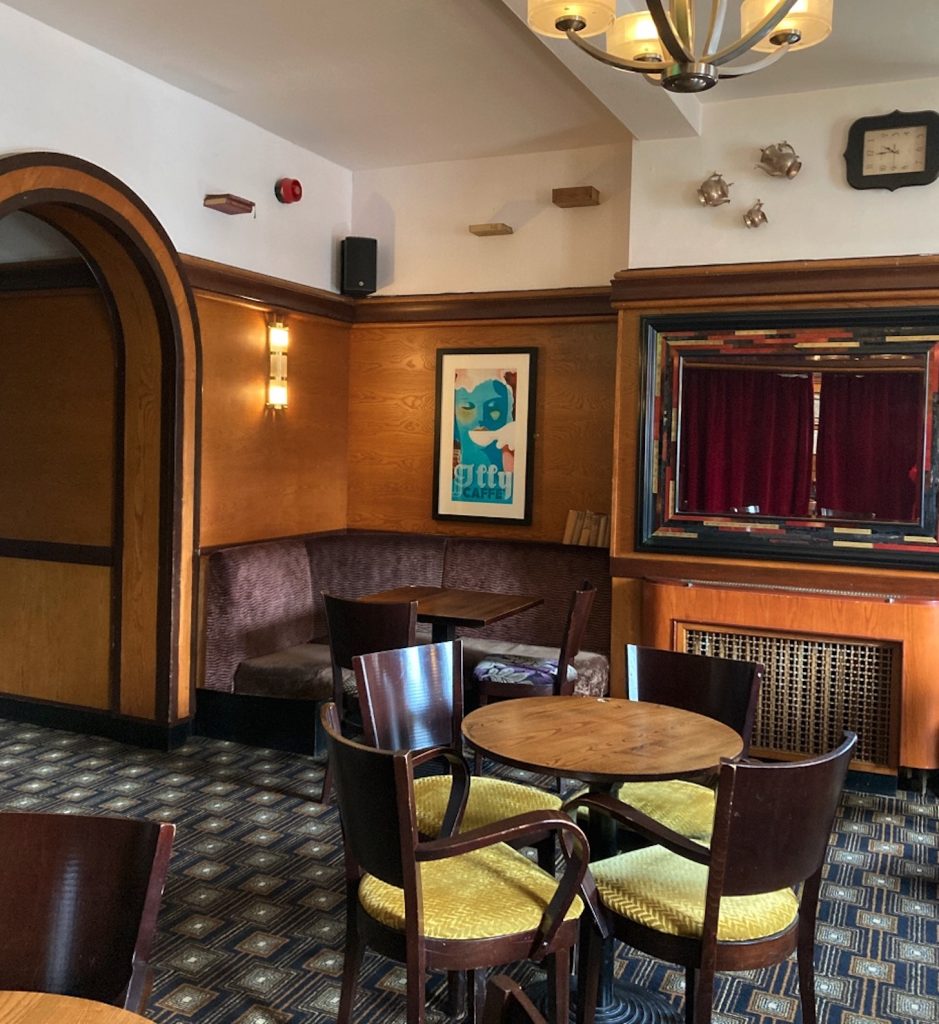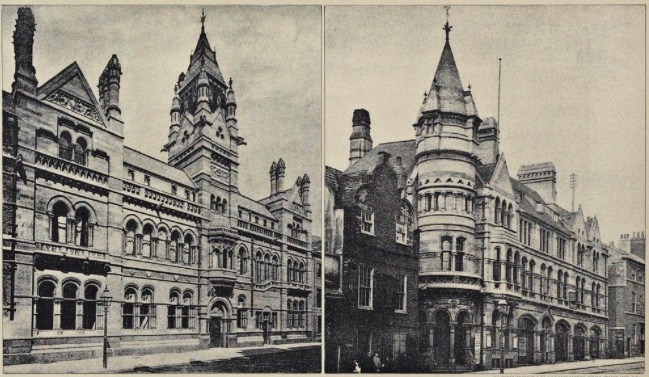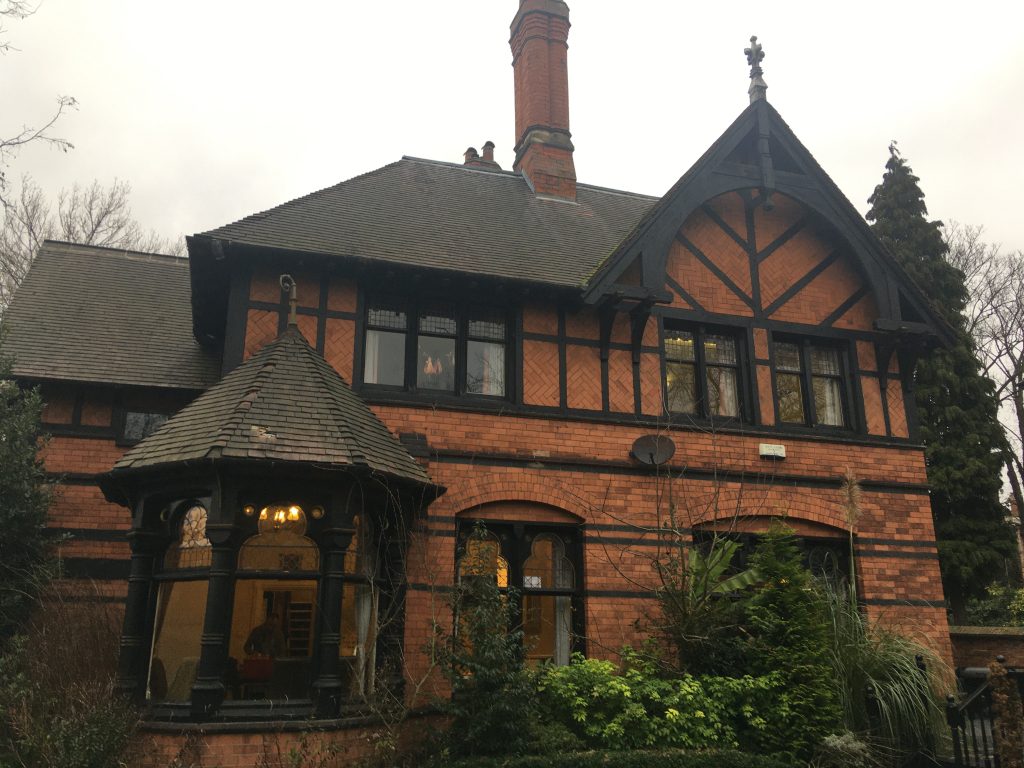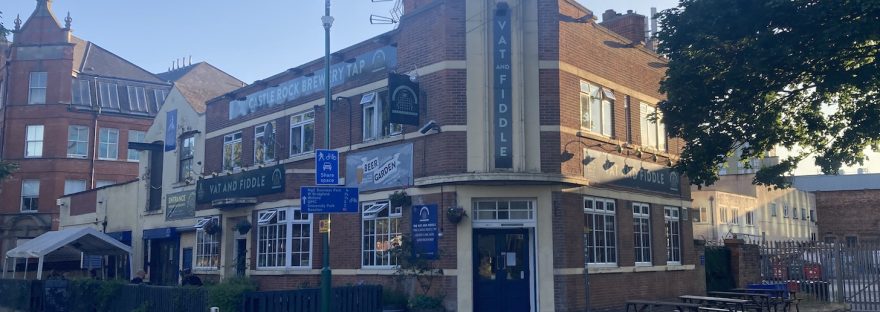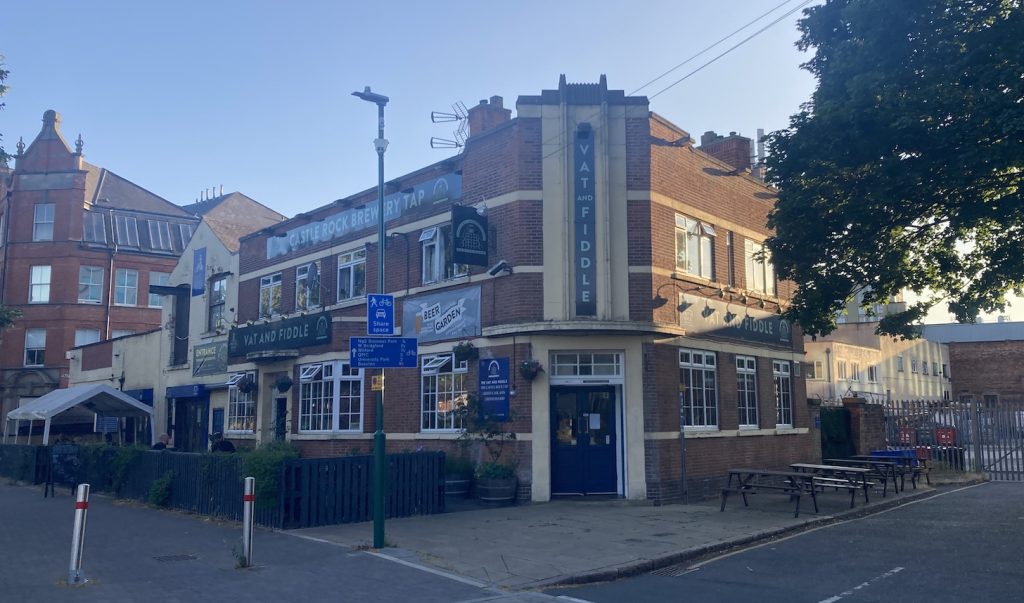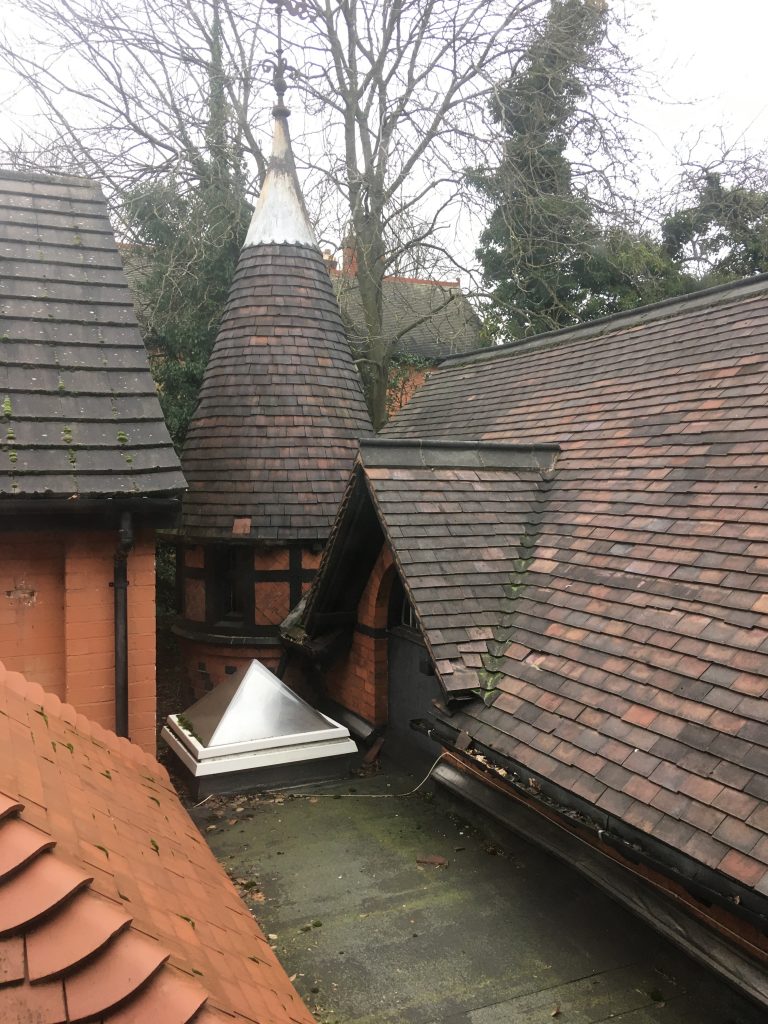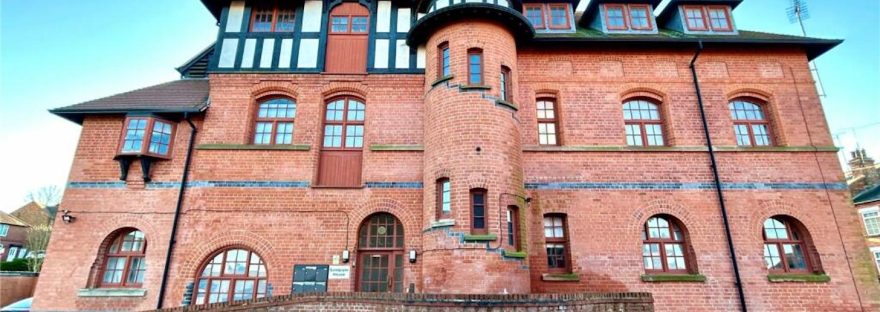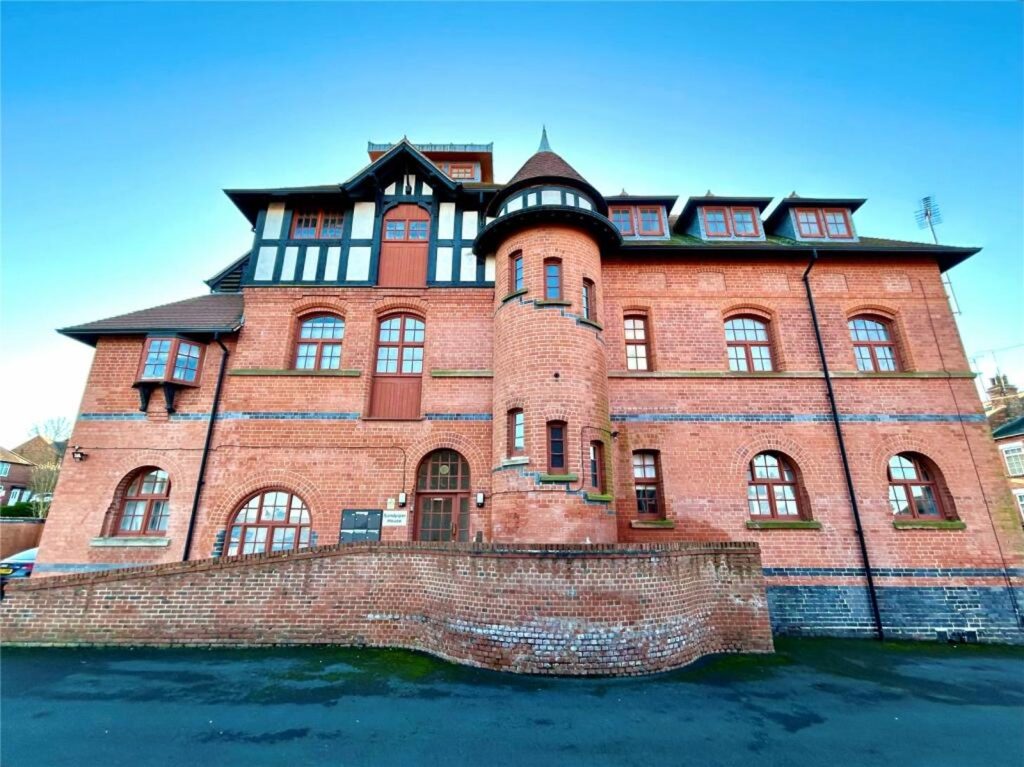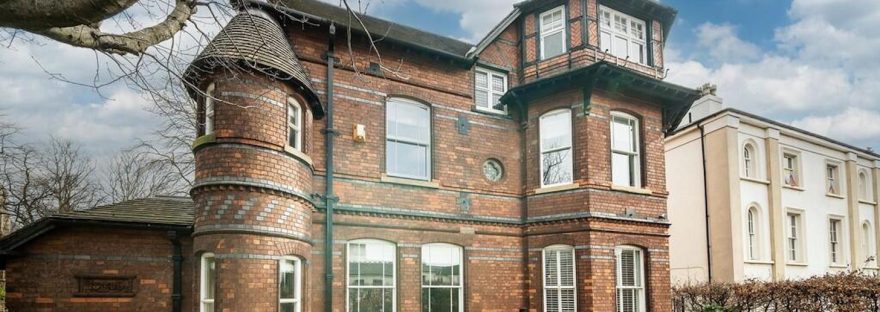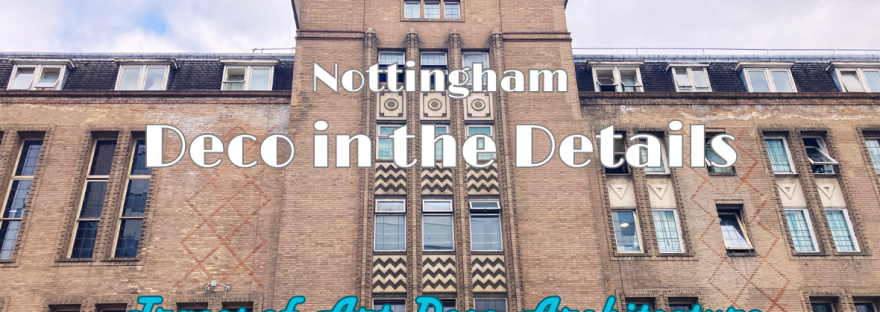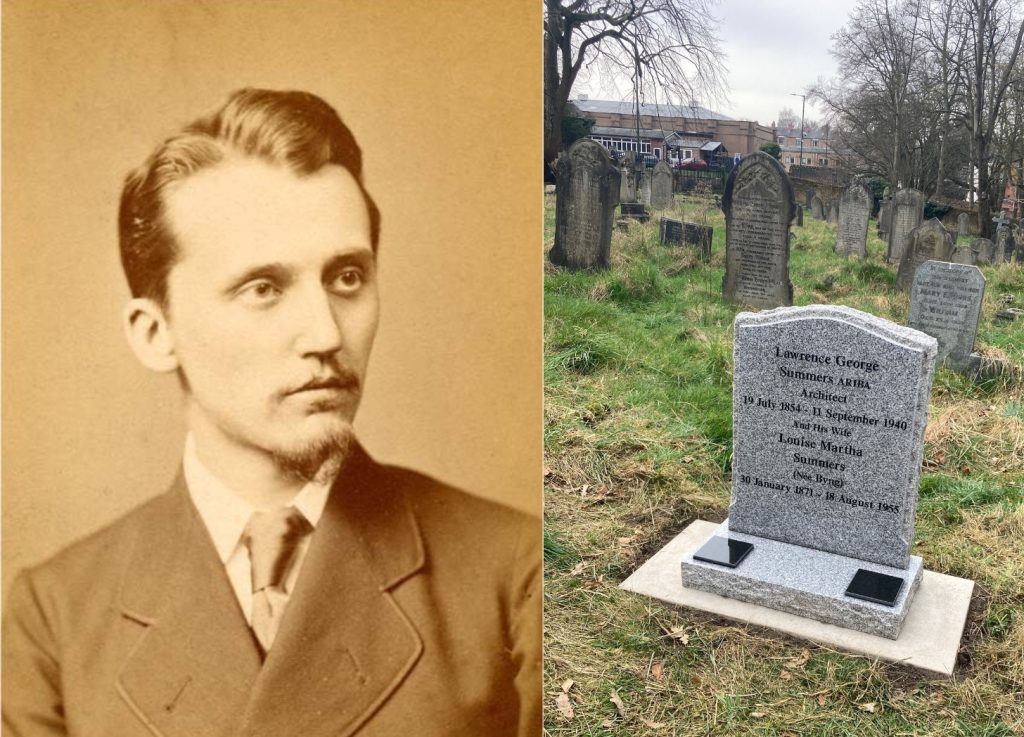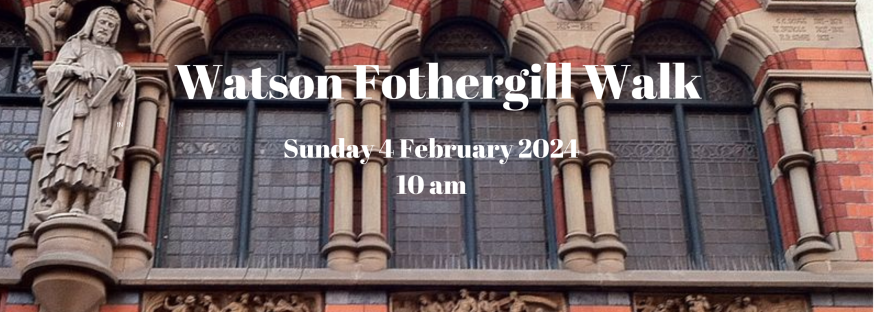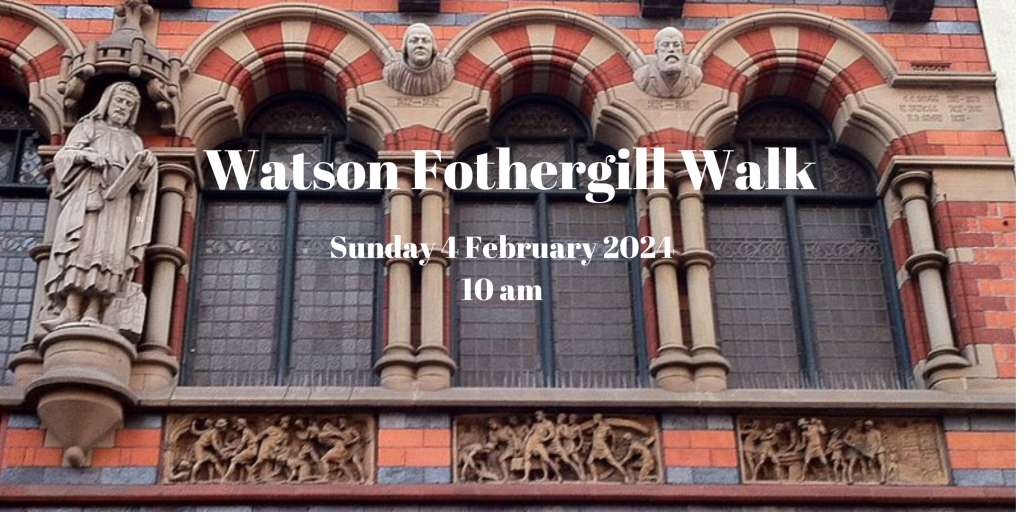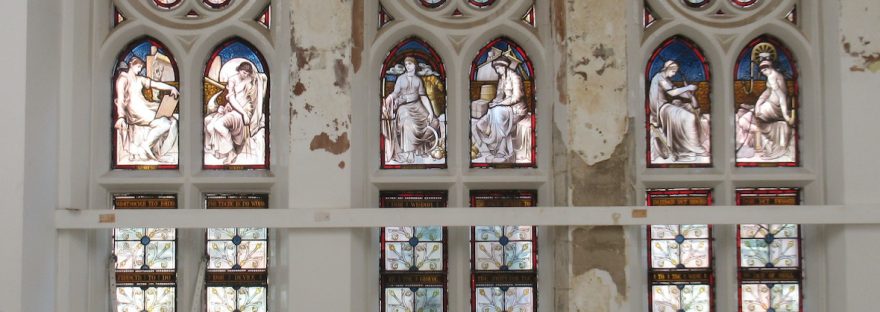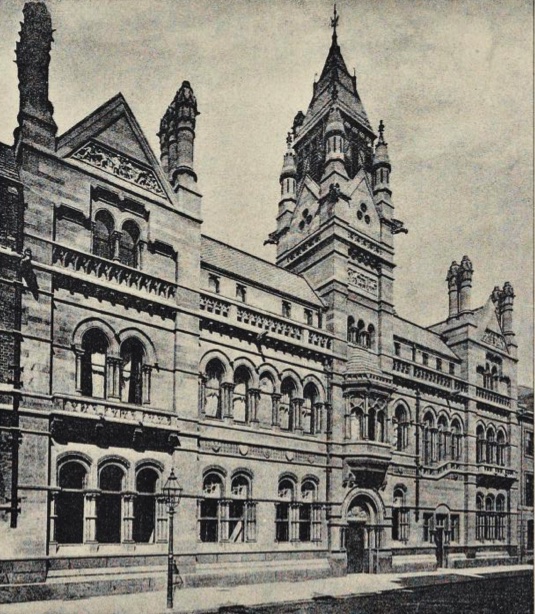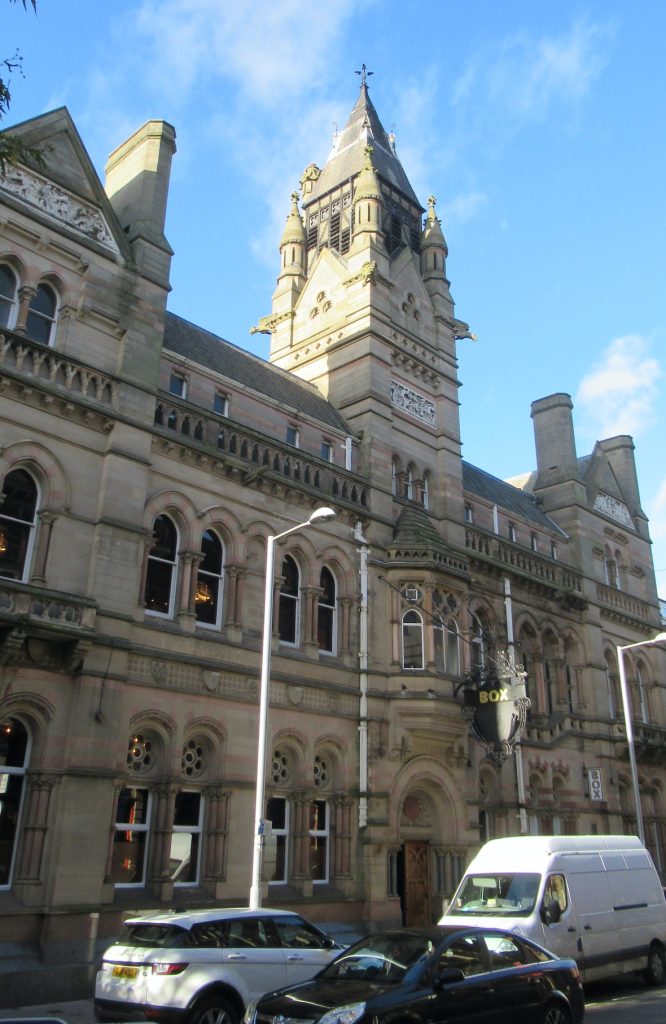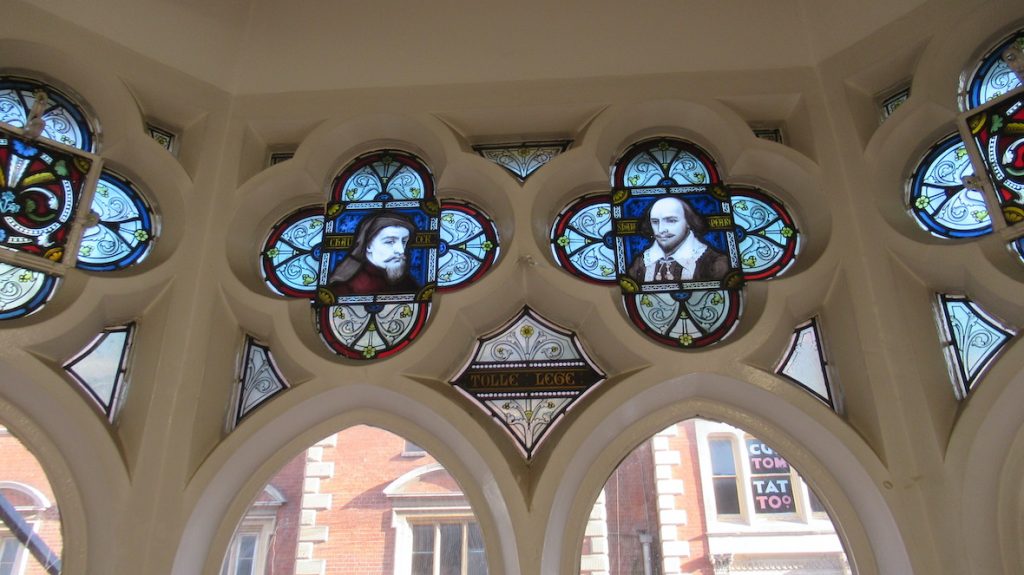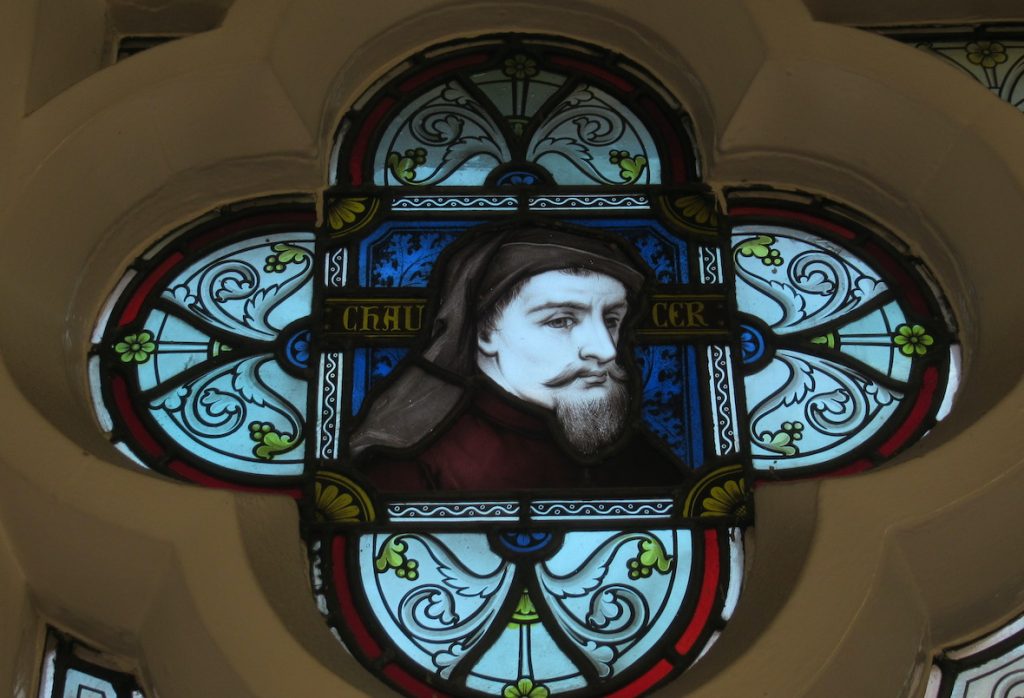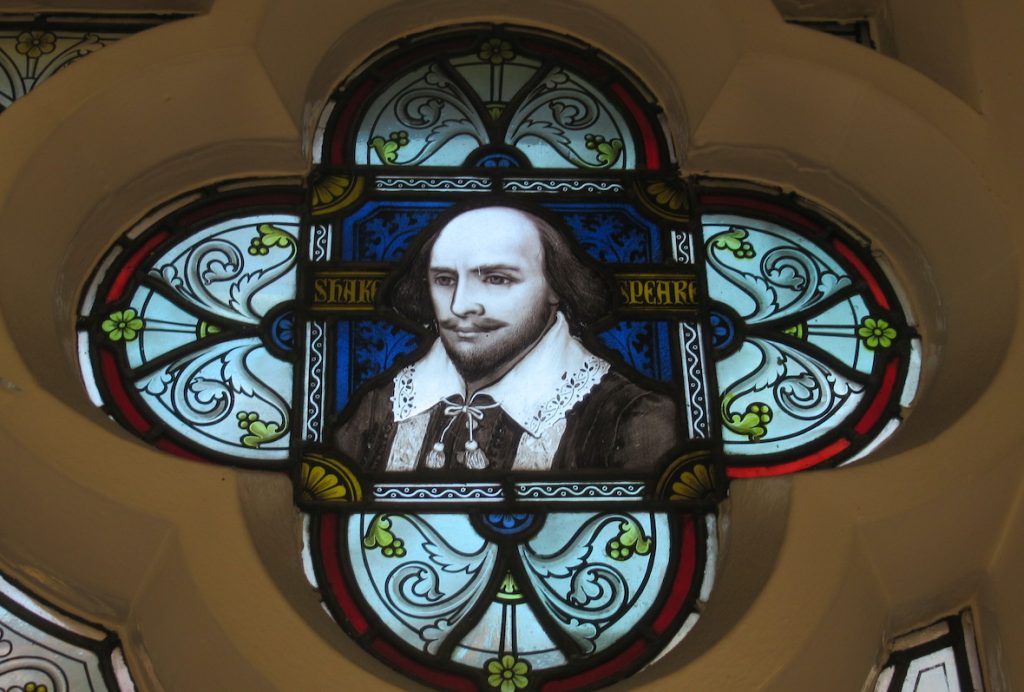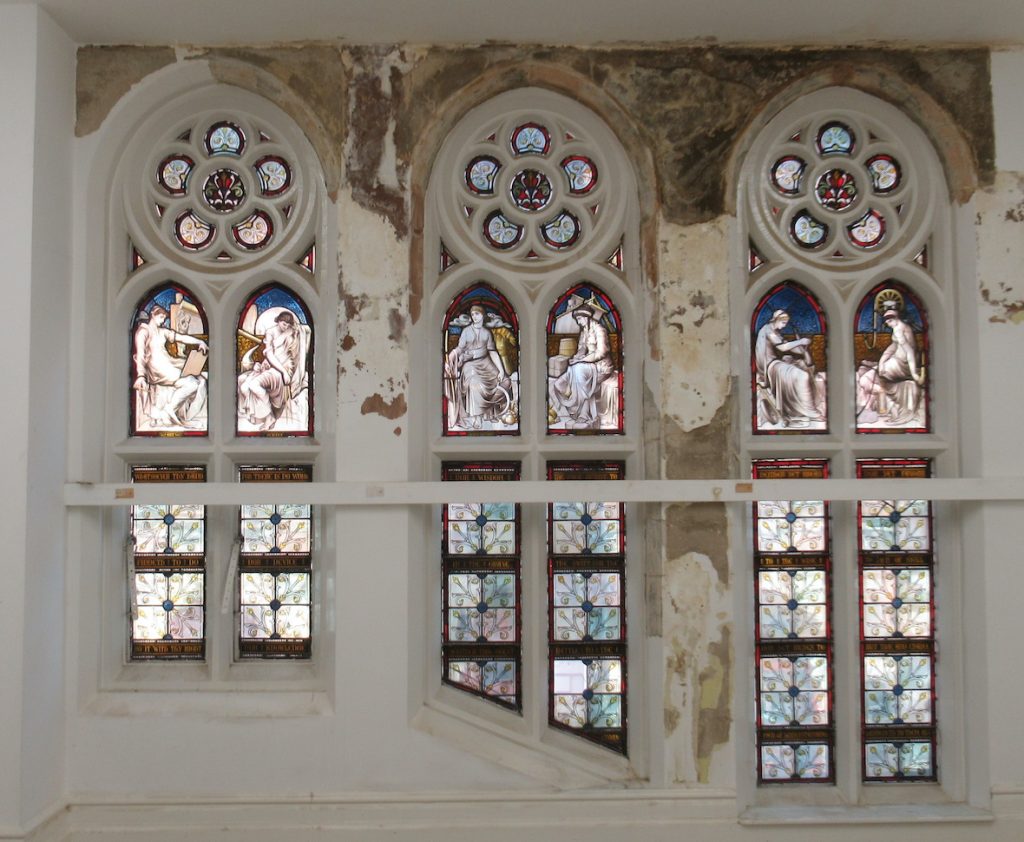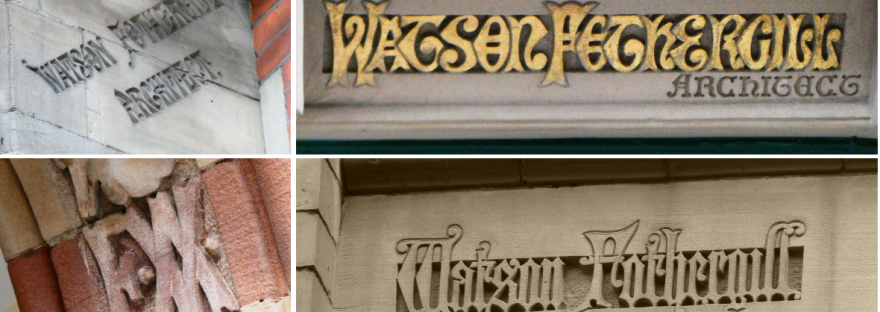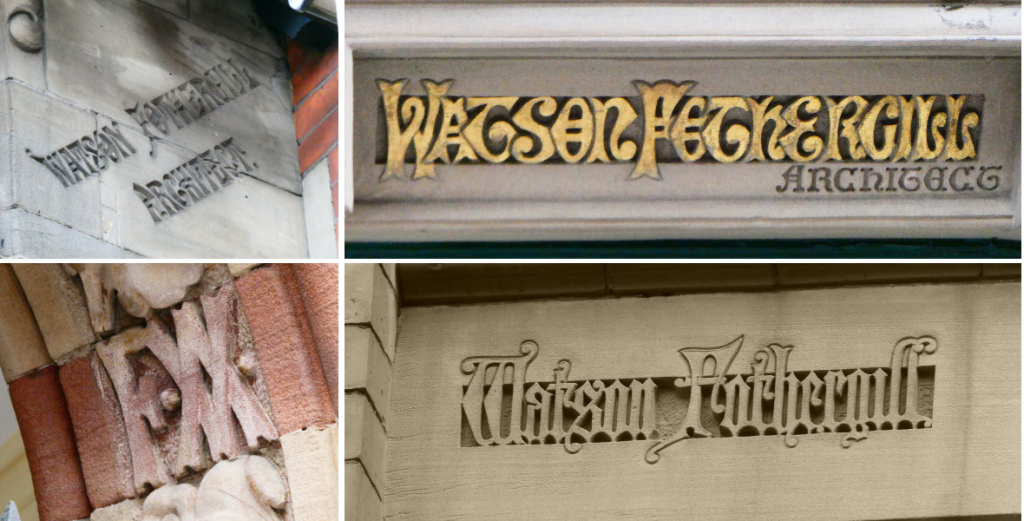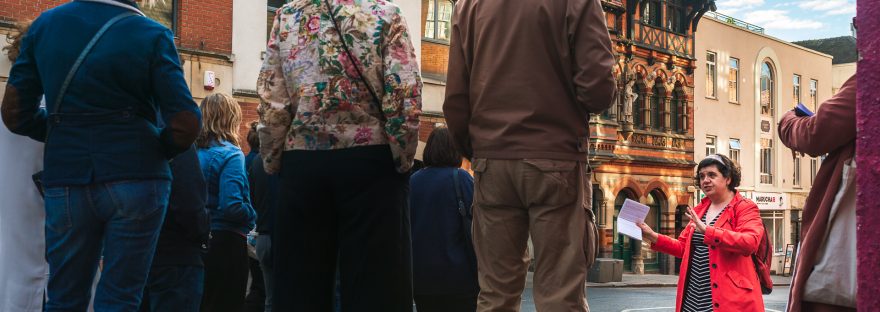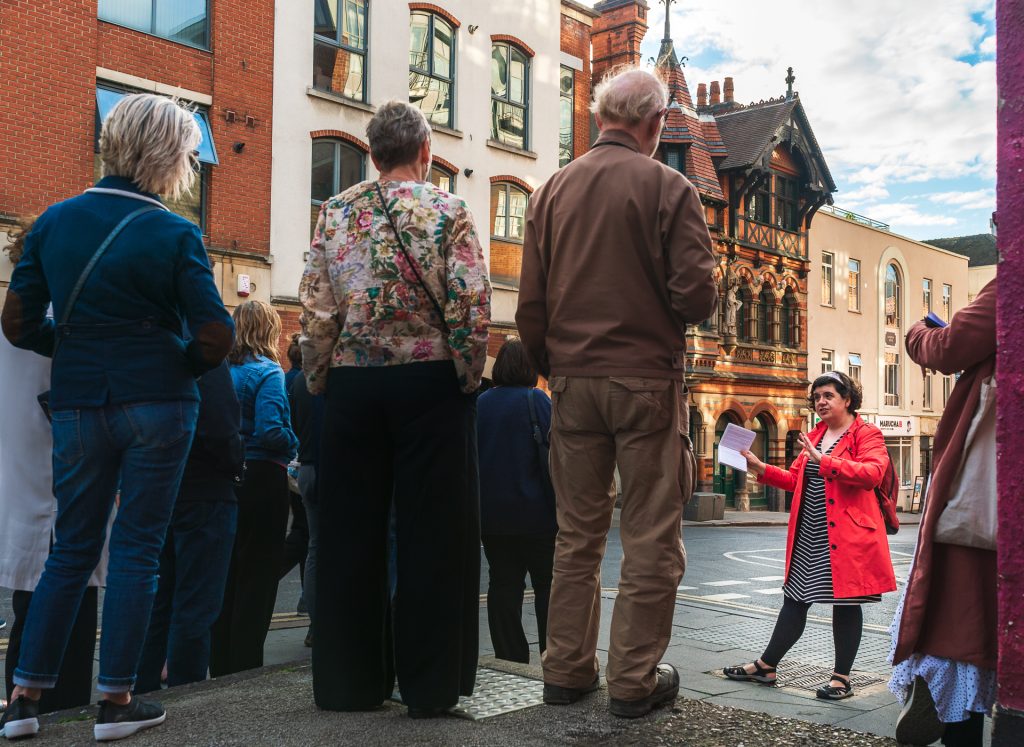An illustrated talk on houses by Fothergill and some of the people who lived in them
People often ask me about the houses in Nottingham’s Park Estate. So far, I have not presented a tour of The Park, mainly because it is so large, walking there involves climbing several steep hills, and there aren’t quite as many houses by architect Watson Fothergill as people might imagine …
… However, I have put together an illustrated talk on houses in the Estate that Fothergill worked on, as well as stories of some of the characters who lived in them.
This talk was originally researched and put together for the Park Residents Association, and I will be presenting an updated version at The Vat & Fiddle on Tuesday 17 February, doors 7.30 pm, (doors 7 pm). Tickets are £10 each.
Here’s more info:
Join Lucy Brouwer, the creator of Watson Fothergill Walk, for a look at Fothergill’s houses in Nottingham’s Park Estate. Learn about the original owners and some of the residents of these distinctive Victorian buildings.
Nottingham’s Park Estate was home to some of Nottingham’s most illustrious Victorians and their families. The properties created by the architect Watson Fothergill represent some of the most outstanding houses in the development. Lucy, who is known for her popular Watson Fothergill Walk tour, has researched the histories of these houses and traced some of their original residents. Hear stories of some of Nottingham’s prominent Suffragists, Timber Merchants, Members of Parliament, and Scientists of the late Victorian era.
This is an illustrated talk with a duration of approximately 1 hour. Doors to the Golding’s Room open at 7 pm; the talk starts at 7:30 pm. The Vat & Fiddle will be open until 9 pm. Tickets £10 each
With many thanks to Dan Simpkin for the use of his fantastic photos. More of these on The Park Estate Instagram account. I’m also on Instagram – WatsonFothergillWalk – join me, if that’s your thing!
Another architect, Thomas Chambers Hine, was responsible for the layout and overall look of The Park Estate. I will be introducing Hine and his work for University of Nottingham Manuscripts and Special Collections on Thursday, 4 December. Details in the previous post.
To accompany this event, I am staging a Hine Hike walking tour on Sunday, 14 December, at 11 am. This tour offers an introduction to Thomas Chambers Hine and his buildings in Nottingham city centre. Duration approx. 2 hours. Tickets £20 each.
The Hine Hike, Sunday, 14 December, 11 am
Thank you for all the interest in my Nottingham Art Deco Pubs talk. I am looking at staging it again, so make sure you’re subscribed to this mailing list for news of all future dates.
Thanks for reading Watson Fothergill Walk – Lucy Brouwer! Subscribe for free to receive new posts and support my work.
